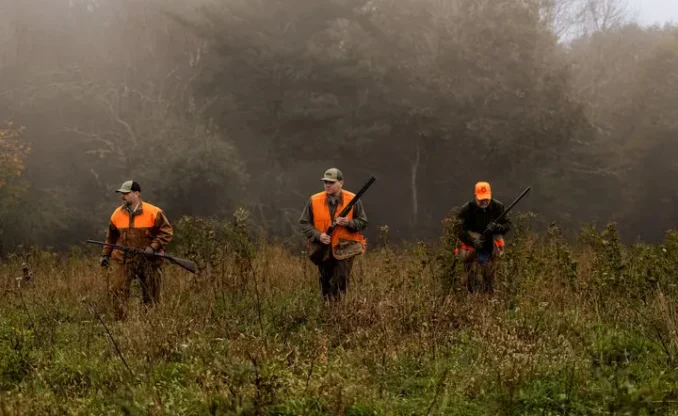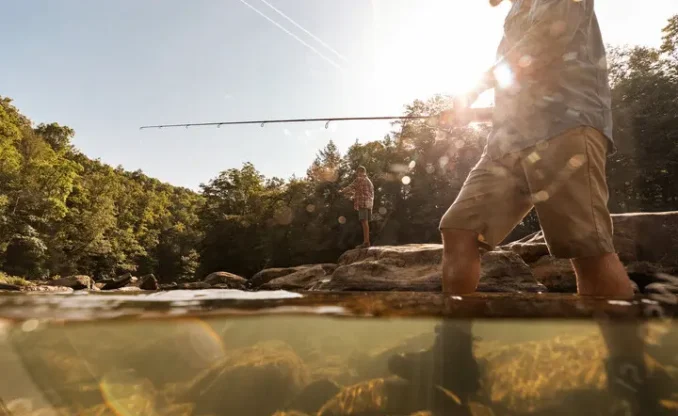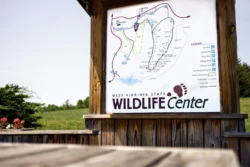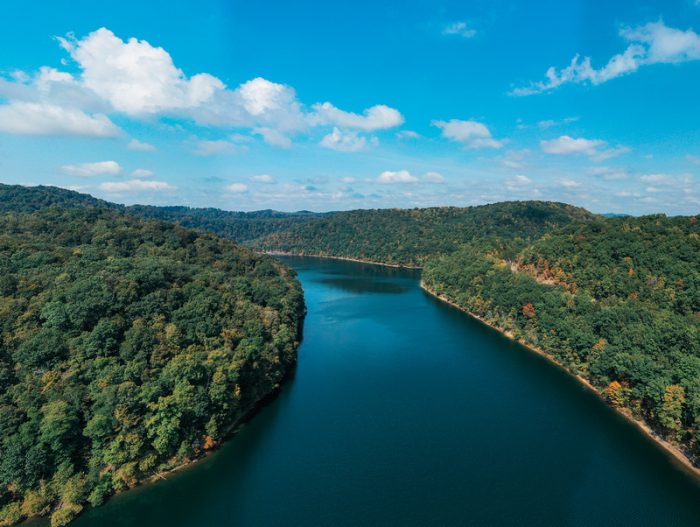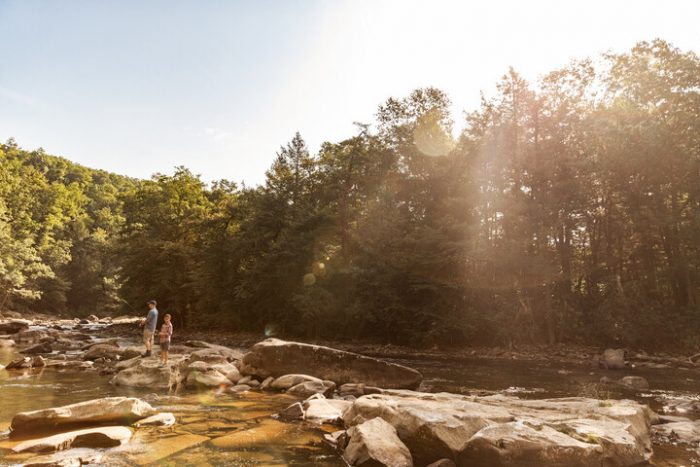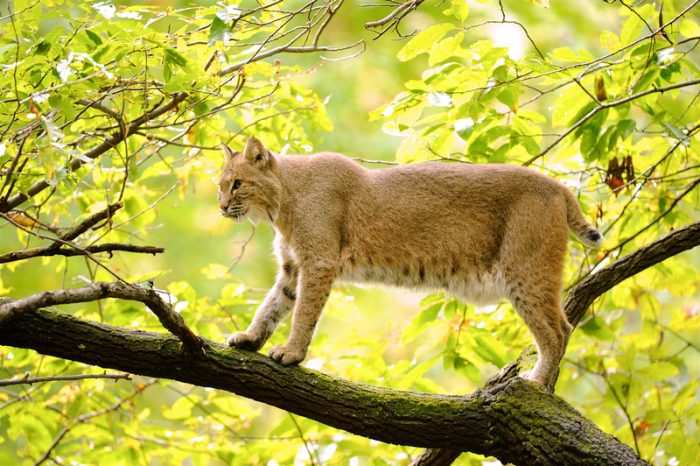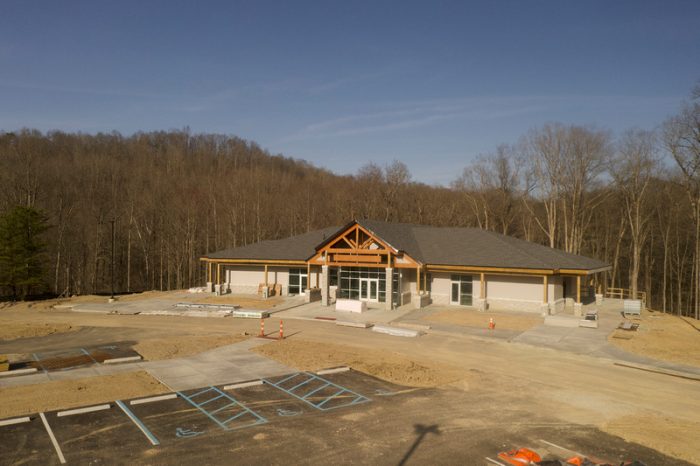Wildlife Management Areas
The Statewide Wildlife Management Program is designed to conserve and manage high quality habitats for a variety of wildlife species and to improve public access to these resources. Management activities on state and national forest lands include planting of trees and shrubs for food and cover, the establishment of wildlife habitat, maintenance of food plots, and the development of wetlands. In addition to conserving and managing high quality wildlife habitat, development projects improve public access and recreational opportunities. Construction of roads, parking lots, trails, and public shooting ranges are vitally important to wildlife management programs.
Wildlife Management Areas offer a variety of natural areas that are accessible to the public.
West Virginia State Parks
Discover awe-inspiring views and mountain adventures at West Virginia’s state parks and forests. From scenic hiking trails to boating on a tranquil lake, each and every state parks and forest offers something for every nature lover and outdoor enthusiast. Learn more about West Virginia’s state parks and forests at WVstateparks.com.
West Virginia Wildlife Center
The West Virginia State Wildlife Center is a modern zoological facility displaying native and introduced state wildlife. Operated by the Wildlife Resources Section of the WVDNR, the Wildlife Center is dedicated to presenting visitors a realistic and factual understanding of the state’s wildlife. Woodland wildlife can be viewed along a wheelchair-accessible interpretive trail traveling 1.25 miles through a mature hardwood forest.
The spacious enclosures allow the animals to interact with their environment, allowing them to exhibit more natural behavior patterns. Interpretive signs help visitors learn more about each animals’ life history, biology and its relationship with humans.
The Wildlife Center is the perfect setting for a family outing. In addition to exhibits, there is a large, wooded picnic area with grills and a shelter. Look for waterfowl or fish for trout, bass, catfish, and bluegill in the well-stocked pond below the picnic area.
Forks of Coal State Natural Area
In 2016, the Forks of Coal State Natural Area Foundation (FOC) was established to preserve, protect, and enhance the Forks of Coal State Natural Area. Together, the WVDNR and the Forks of Coal Foundation have built The Claudia L. Workman Wildlife Education Center. The facility is located in Alum Creek on 102 acers of land that boarders Corridor G on the eastern side and extends to the confluence of the Big Coal and Little Coal Rivers, forming the triangular shaped property. The center honors Claudia L. Workman, from whom the land was donated. She loved the outdoors and wished to educate the youth in West Virginia about wildlife and conservation.
Once completed in fall 2021, the Claudia L. Workman Education Center serve as a hub for students and families to learn about wildlife and the beautiful nature that the state has to offer. Additionally, the center will offer an aquarium, exhibits and a bird watching station, classrooms, and an amphitheater.
Three scenic trails already traverse the property across ridges and along the rivers, with more development to come. Signage along trails explain the history and culture of the Coal River watershed.

